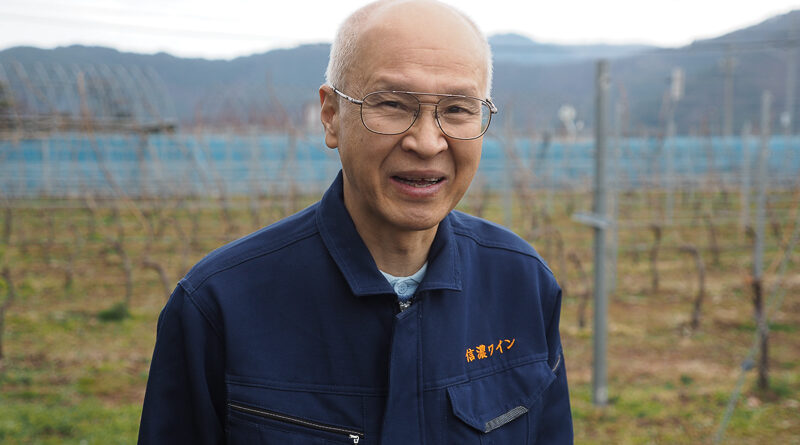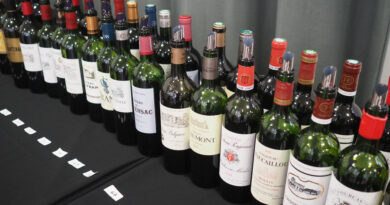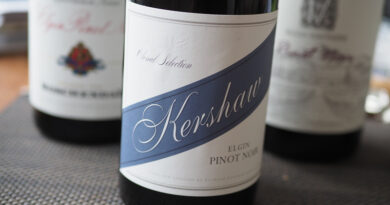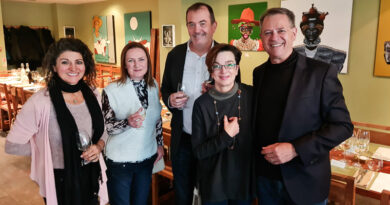In Nagano, Japan: Shinano (Sinano) Wines
The next visit of my Nagano trip was at Shinano (also referred to as Sinano) Wine, where Satofumi Shiohara (pictured above) who runs the winery hosted us.
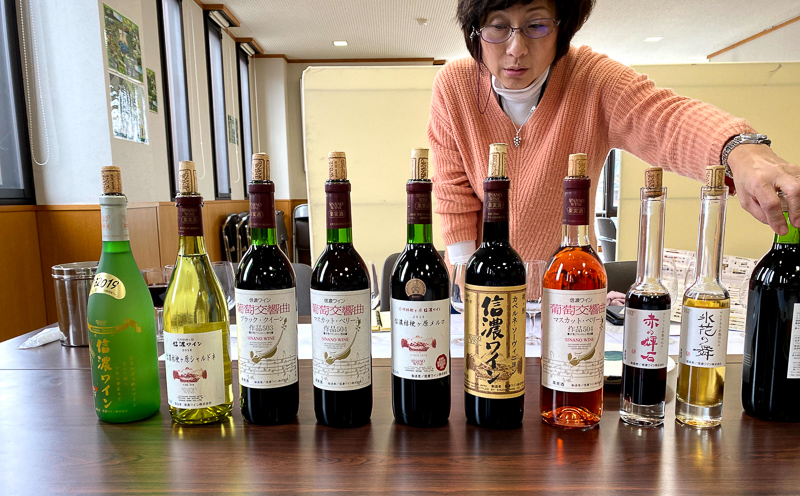
This company was established in 1916 by Satofumi’s great grandfather, who planted grapes. Before this, the region was well known as a silkworm region, but because of the depression of the silk industry, the government tried to support other industries, and grapes seemed like a good option. This area, Kikyogahara, is not suitable for rice because there is less water here (there are fewer rivers). At that time farmers were seeking crops that could replace silkworms, and grapes and apples were thought to be promising because they don’t need so much water.
At the time, many wine companies in Japan were making sweet fortified wines. For example, Dicoku DB was a famous brand that Mercian made. But most of the concentrates used to make these fortified wines was imported. At the end of the 1920s, because of the war with China it became difficult to get concentrates from abroad, so the demand for domestically grown grapes increased dramatically.
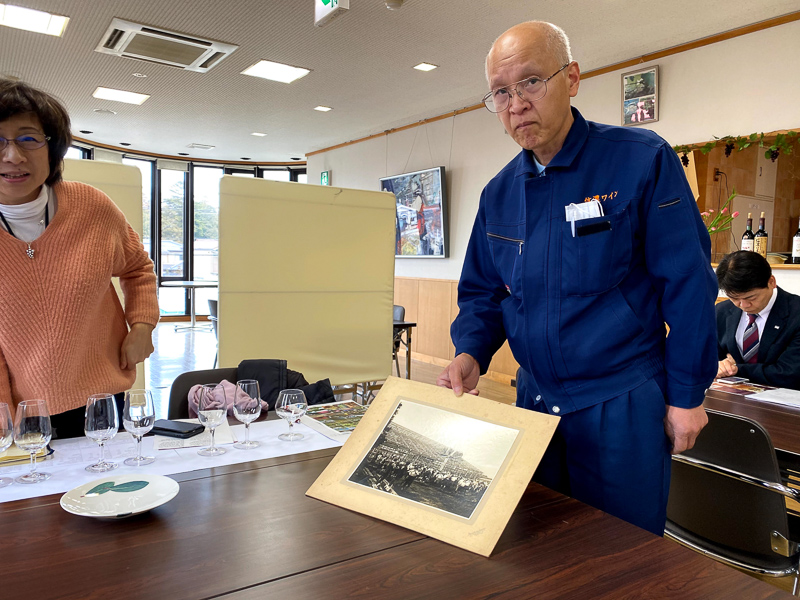
But because the demand for grapes increased drastically. Grape farmers formed a cooperative in order to sell their grapes directly to big companies, with around 15 farmers taking part. This cooperative sold their grapes to the big companies via an intermediary in Tokyo.
His grandfather went to Tokyo in order to see where their grapes were going. Finally, he found out that it was Suntory who were buying the grapes (Suntory was then called 4). So he changed his mind: maybe it is better to sell to Suntory directly and get a higher price than going through the cooperative. His grandfather negotiated with Suntory, and the Suntory winery in Shiojiri was established in 1936. As a result of this, more and more farmers began growing grapes in Shiojiri, with Concord and Niagara particularly popular.
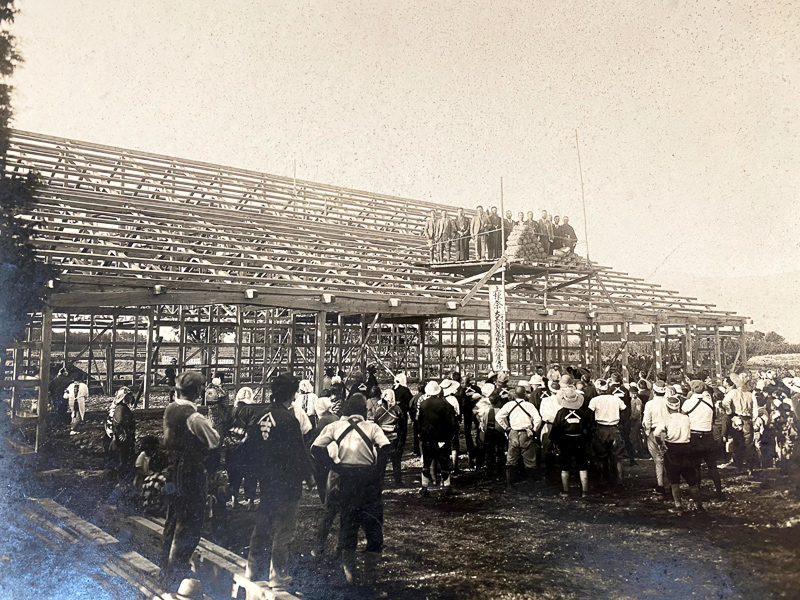
But growing grapes here was not straightforward, because in order to get colour and flavour, yields have to be kept reasonably low. But the farmers were using a high-yielding pergola system. There was a conflict between the farmers and Suntory, and Suntory asked them to sell the grapes at a lower price because of this. At this time, Suntory was the only big company with a winery here. So the farmers thought it might be good for there to be a competitor winery so they could have more strength in their negotiations. Two years later, in 1938, the Mercian winery was built. His grandfather was there when the construction of the building was completed, and the ceremony of throwing down rice cakes took place (this is pictured above). [At that time Mercian was called Daikoku Busoushu.]
The two companies, both with wineries in Shiojiri, were competitors and fought in the market place. Things didn’t end well for Daikoku Busoushu, who ended up going bankrupt. They were revived under the name of Sanlakocean. His grandfather was asked by them to be manager of their winery, but he refused. He was a leader of the farmers, and if he were to manage the factory he’d be against the farmers. His brother was hired instead.
At the beginning, his grandfather never thought he’d establish his own winery. But when the farmers sold the grapes, sometimes they’d be left with some of their crop. So many farmers asked him to start a winery that could be a home for these unsold grapes. So the first Shinano factory was built in the late 1940s. It was located in the centre of Shiojiri City.
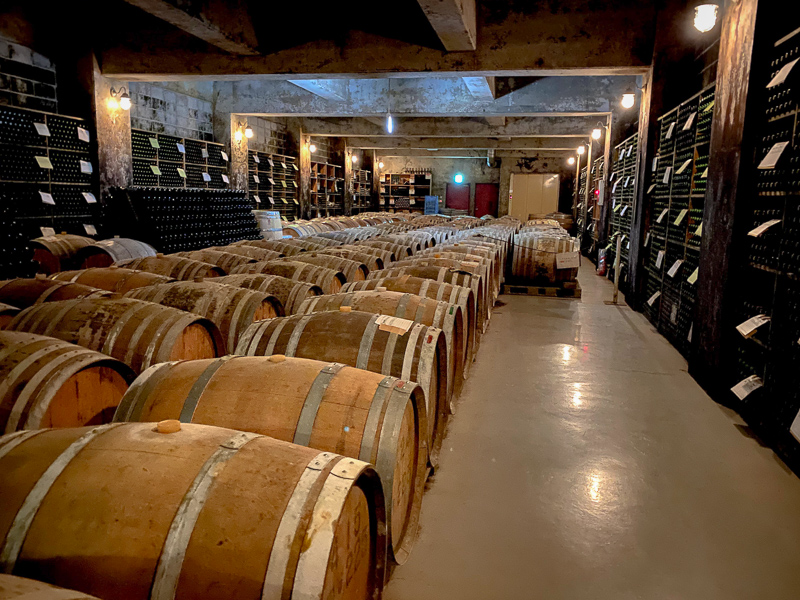
The current winery was built in 1957 by Mr Shiohiro’s father. Now they make 300 000 bottles per year. He entered the company in 1976. Then they were only making 300 bottles of wine per year: they were also selling other products such as tomato puree and concentrated grape juice. They began focusing more on wine when the Japanese government changed the law so it became easier to import foreign products. This made it difficult for the Shinano to compete with their non-wine products.
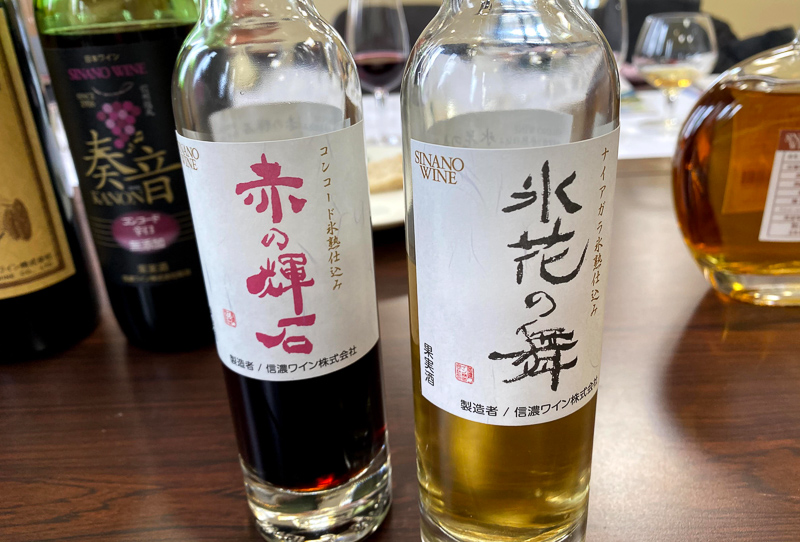
THE WINES
Shinano Wine Super Deluxe Ryugan 2019 Nagano, Japan
Pergola, stainless steel. Dry and fruity with a slight stony edge to the subtle pear and green apple fruit. Has some juiciness and a subtle jelly-like edge. Nice clean fruit here, with good balance and purity. 87/100
Shinano Wine Chardonnay Kikyogahara 2016 Shiojiri, Nagano, Japan
VSP-trained vines. Barrel fermented, 50% new oak. Distinctive toasty, bready barrel ferment characters here with some creaminess. Very appealing for those who like the taste of oak. Well made with nice clean fruit, but the nutty, bready, pastry-like characters from the oak are dominant here. 86/100
Shinano Wine Symphony Muscat Bailey A Rosé 2014 Nagano, Japan
Juicy, bright and dry with attractive strawberry and cranberry notes, as well as a hint of jelly. Has good acidity and a fresh, stony edge to the palate. Nice fresh style, and well made. 87/100
Shinano Wine Symphony Black Queen 2017 Nagano
Supple and very drinkable with a green herby edge to the juicy, soft cherry and raspberry fruit. There’s a sweet jellyish edge to the fruit. It has a slight rusticity to it with some green herb characters getting in the way of the fruit and a touch of apple on the finish. 83/100
Shinano Wine Symphony Muscat Bailey A 2018 Nagano
A low acid style with some softness to the sweet cherry and berry fruit. This is easy-drinking with nice fruit and subtle herbal hints on the finish. Very appealing in a light, juicy style. 86/100
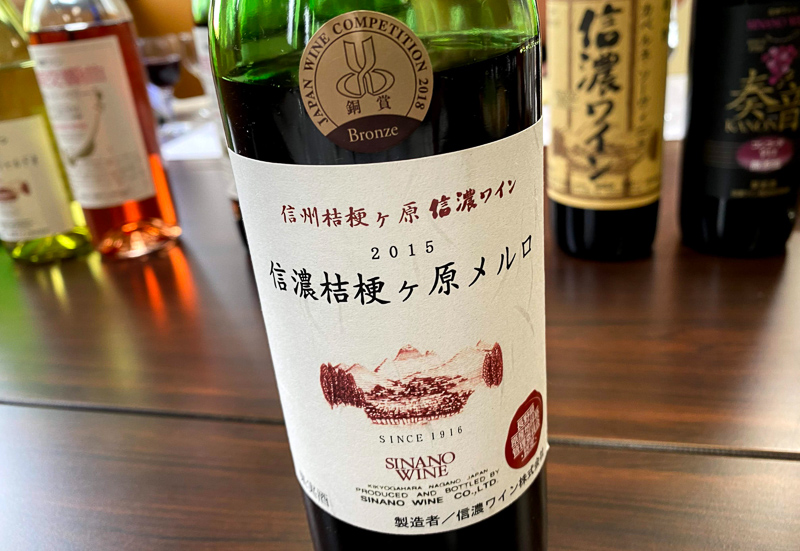
Shinano Wine Kikyougahara Merlot 2015 Shiojiri, Nagano, Japan
This has an appealing gravelly, chalky, cedary edge to the soft berry fruits. It shows a little development with some vanilla/wood sweetness on the palate adding to its easy appeal. Finishes gently spicy. 87/100
Shinano Wine Tarujyuku Cabernet Sauvignon 2015 Shiojiri, Nagano, Japan
There’s a green edge to this, with some appley oxidative notes. The palate has some appealing blackcurrant and blackberry fruit. The fruit is attractive, but the slight oxidative notes are a bit off-putting. 84/100
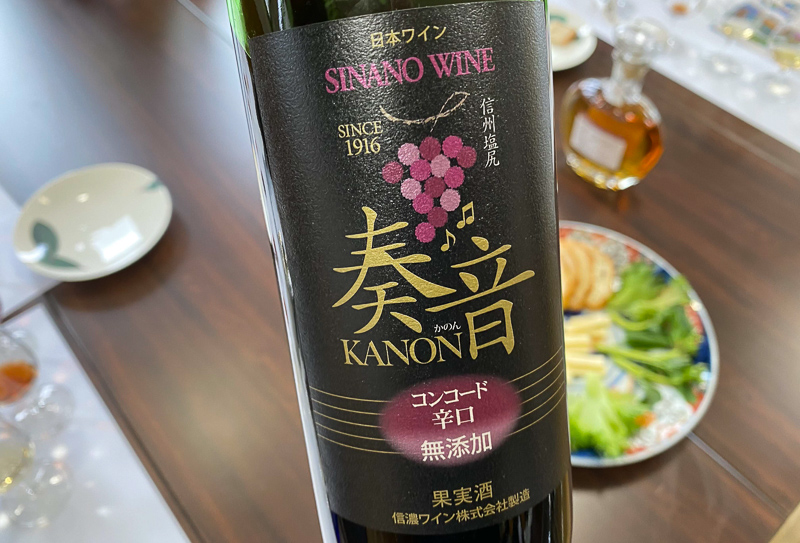
Shinano Wine Kanon Concord 2019 Nagano, Japan
No added sulphites. Has a jellyish edge to the sweet, vibrant, supple berry fruits. Shows bracing acidity and a little tannic grip on the finish. Very juicy and Labrusca in style, and quite attractive. Distinctive, fun and drinkable, with firm acidity. 85/100
Shinano Wine Aka No KIseki Concord 2017 Shiojiri, Nagano, Japan
Red/brown in colour. The high acid (16.3 g/l) balances out the sweetness here. It’s rich and mouthwatering with notes of raisin, cherries and spice, with bracing acidity. Really zippy, this finishes with a citrus peel complexity, and a touch of jelly. Great concentration. Really distinctive. 89/100
Shinano Wine Hyouka No Mai Niagara 2018 Shiojiri, Nagano, Japan
Sweet, appealing and with a jellyish edge to the pineapple and citrus fruit. There’s a touch of apricot, too. Nicely concentrated and well balanced, with rich texture. Has a hint of smokiness. Very appealing. 89/100
Shinano Wine Fine Niagara Brandy 2003 Shiojiri, Nagano, Japan
This is attractive and rounded with a nice sweet, soft palate showing some vanilla and nut character as well as some soft fruit. Mellow and appealing with a nice approachable personality. 8/10
Find these wines with wine-searcher.com

